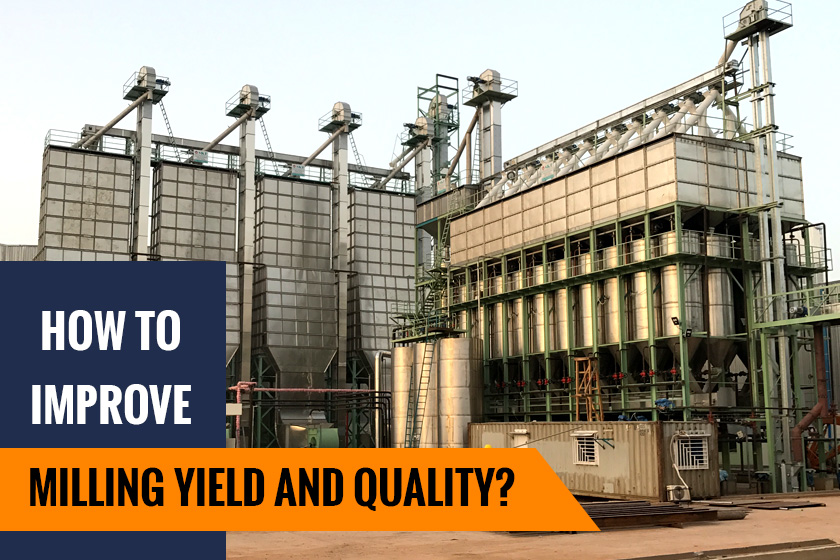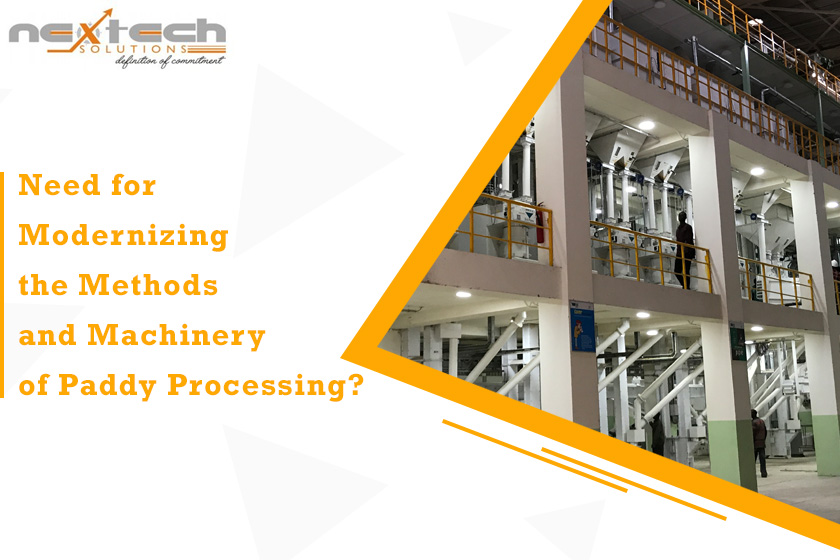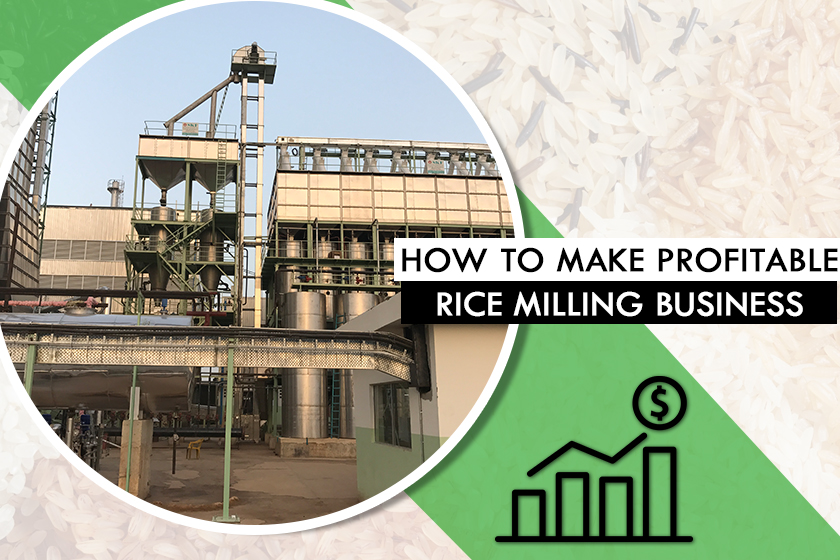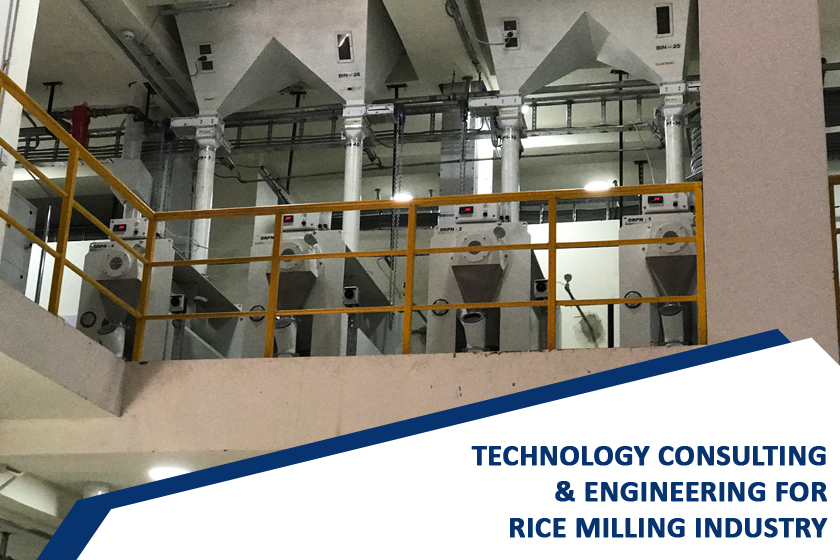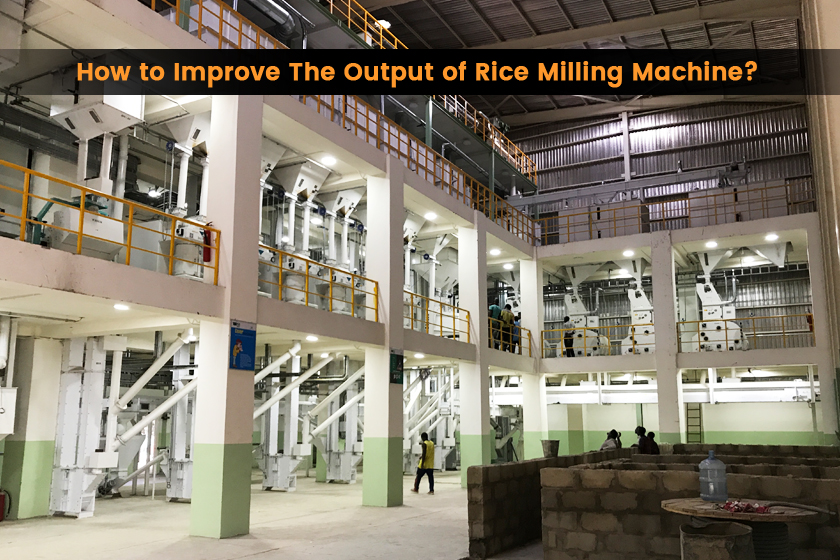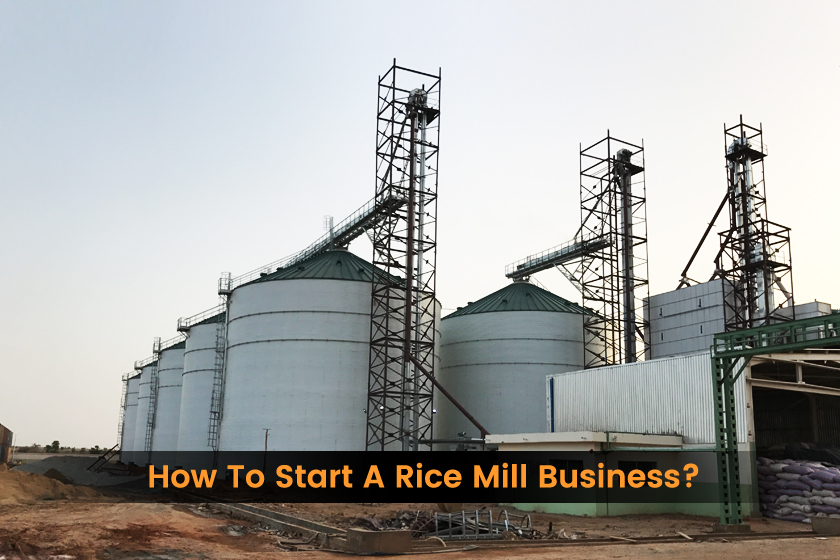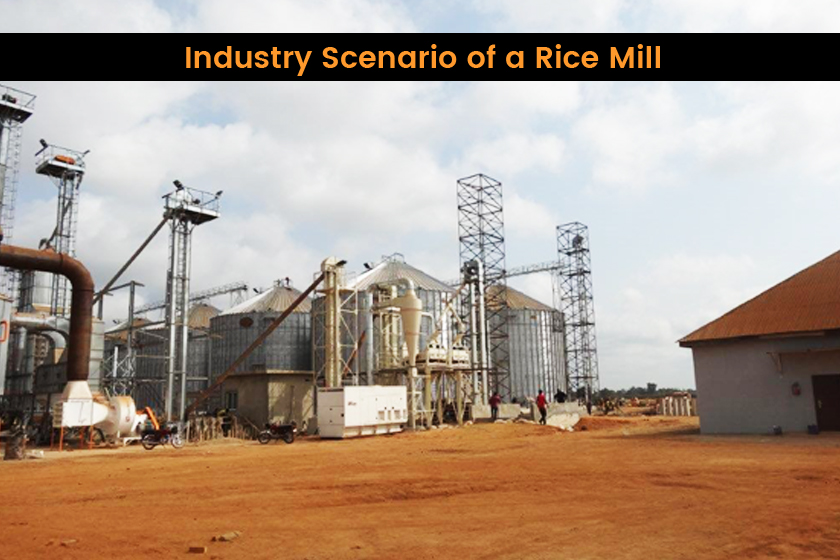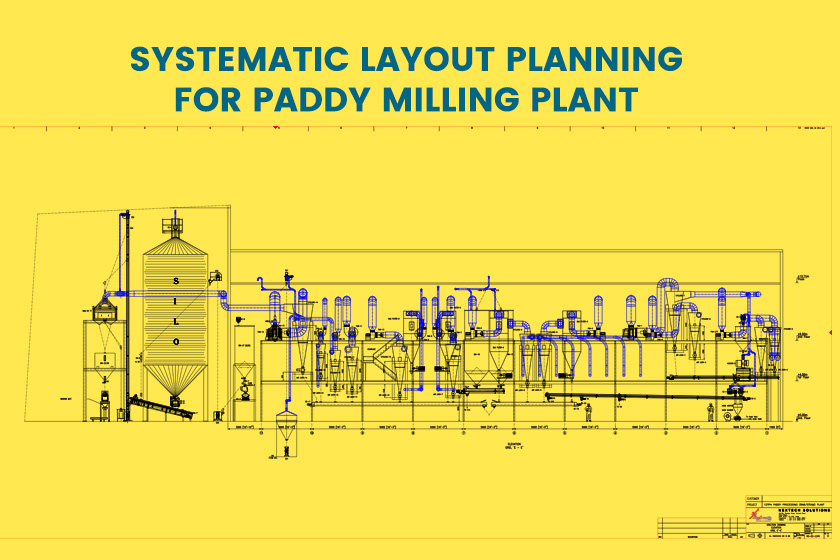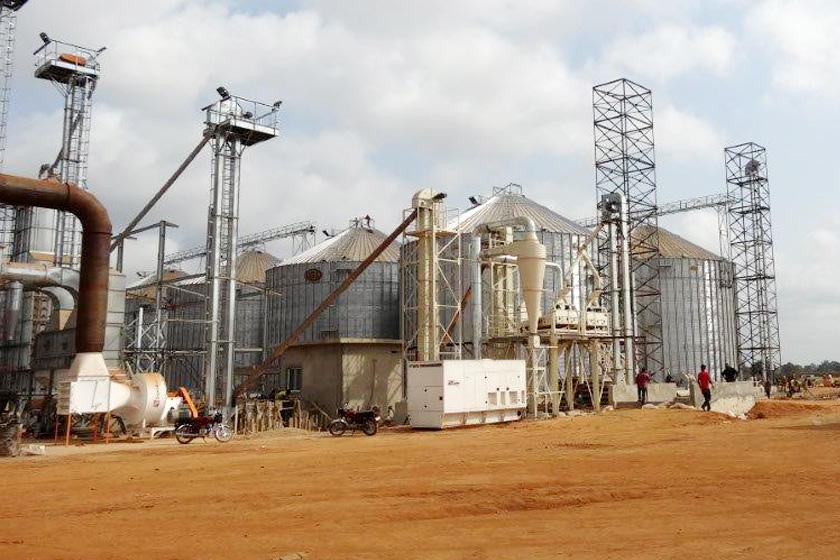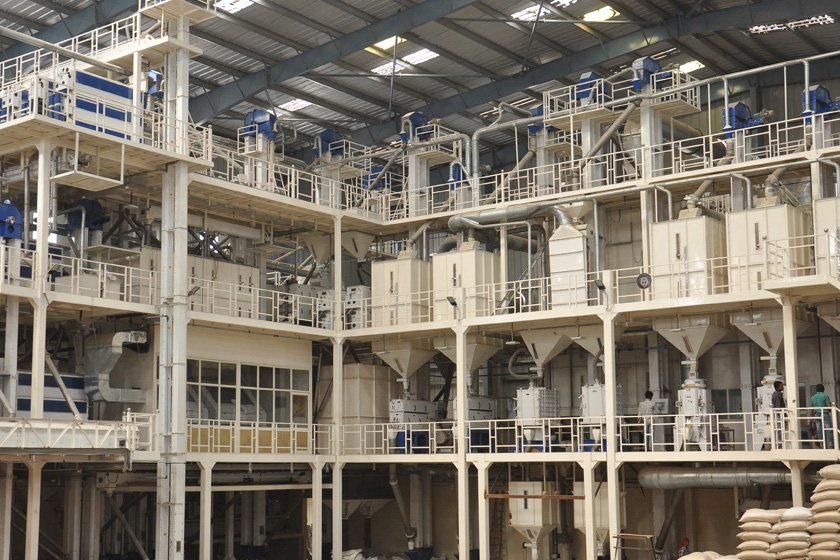Although milling quality is a high-priority objective for rice millers, many mill owners still struggle to achieve that. The reason is evident because Improving Milling Quality is delicate, especially if you don’t have proper knowledge of milling. rice mill
Besides, milling quality is affected by a lot of other factors including environmental factors. Other factors that might affect the milling quality are grain length, grain thickness, chalkiness, and fissure.
Rice, being the staple food of India, will surely rise in demand in the upcoming years. This has forced rice mill owners to produce as much rice as possible.
However, improving milling yield is yet another challenge faced by rice mill owners. We at Nextech, offer full-fledged Rice Mill Consultants to help you improve milling yield and quality.
The first step to improve the quality of milled rice is choosing a good quality paddy. Ensure that the paddy you select has the right moisture content (14%) and has high purity.
Other characteristics to look for are:
- Uniformly mature kernels
- Uniform size and shape
- Free of fissures
- Free of empty or half-filled grains
- Free of contaminants such as stones and weed seeds
Characteristics of a good quality milled rice:
- High milling recovery
- High head rice recovery
- No discoloration
Additionally, make sure your rice mill operator is skilled enough. Often, mill operators hire an untrained apprentice to reduce the operation cost. This hampers the quality of the milled rice.
The equipment quality also play a massive role in the milling yield and quantity. Having a poorly maintained machine or a low-quality machine can harm the quality of the rice.
One of the best ways to improve milling yield is by reducing the grain breakage as opposed to running the mill for additional hours every day.
Another way to enhance the milling quality is by parboiling rice. Numerous researches have shown a significant decrease in grain breakage in parboiled rice.
For more information on how to improve milling yield and quality, contact Nextech Solutions. From complete Rice Mill Setup to producing high-quality rice, our team of expert rice mill consultants and rice mill engineers & designers can help you achieve your business goals efficiently. Contact Nextech Solutions now.
 MAIL US :
MAIL US :
 CALL US :
>
CALL US :
>
